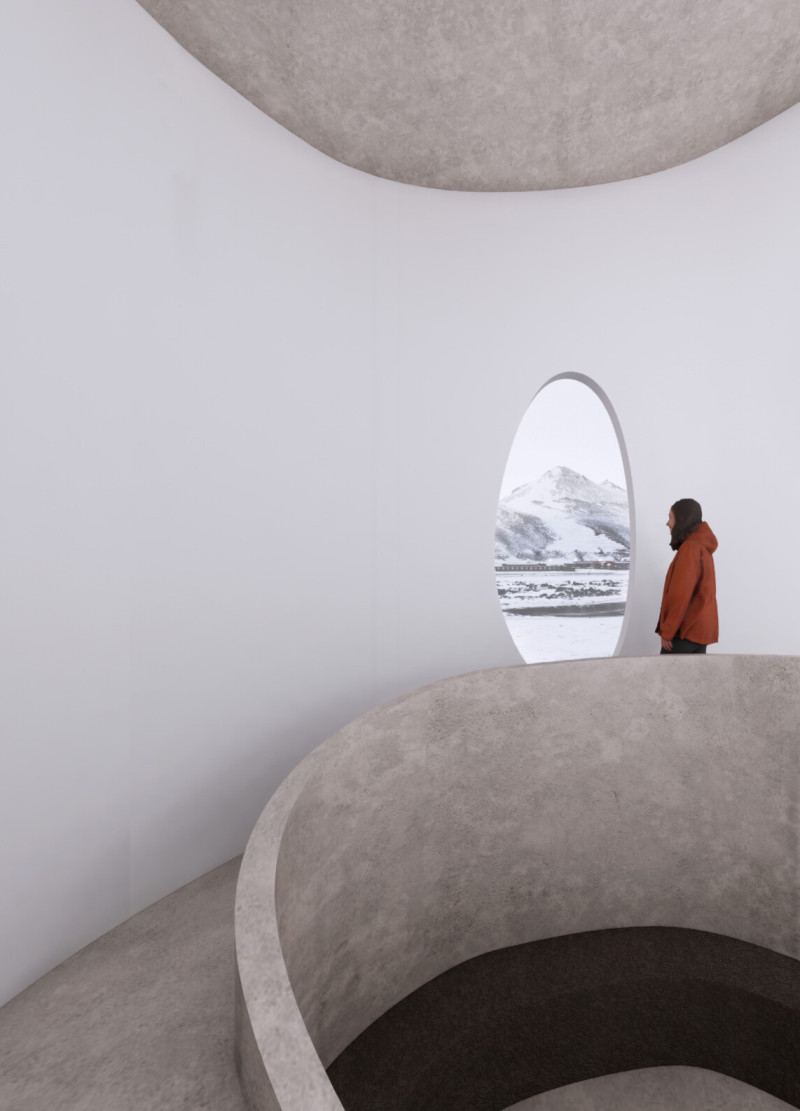5 key facts about this project
The architectural design embodies a concept that is deeply rooted in its geographical context. By considering local characteristics, climate, and culture, the project enhances its relevance and connection to the surroundings. The use of local materials not only grounds the building within its environment but also underscores the importance of sustainability in modern architectural practices. The choice of materials reflects a thoughtful integration of aesthetics and practicality, ensuring that the structure is both visually appealing and resilient. Among the materials employed are reinforced concrete, glass, timber, and stone, each carefully selected to complement the architectural vision while addressing functional requirements.
Structurally, the design is characterized by an open floor plan that promotes fluidity and adaptability. This approach allows users to reconfigure spaces as necessary, facilitating a range of activities—from workshops to exhibitions. Natural light plays a crucial role in the design, with strategically placed windows and skylights illuminating the interior and creating a warm, inviting atmosphere. The thoughtful placement of outdoor terraces and green spaces further emphasizes the relationship between the building and its natural surroundings, offering residents and visitors a seamless transition between indoor and outdoor environments.
Unique to this project is its use of architectural features that reflect local vernacular elements while incorporating modern design principles. These features include cantilevered awnings and sun shading devices that not only provide comfort by regulating temperature but also add visual interest to the façade. This duality of function and form is a hallmark of thoughtful architectural design, demonstrating a commitment to enhancing both user experience and environmental performance.
The project aims to inspire through its innovative solutions to spatial constraints, blending traditional design elements with modern technologies. This interplay creates a harmonious environment that invites exploration and interaction. Attention to detail is evident throughout the design; textures and finishes have been selected to create a tactile experience, engaging users on a sensory level.
In summary, the architectural project exemplifies a successful integration of form, function, and sustainability. Its careful consideration of local context and user needs highlights the potential of architecture to serve as more than just a physical structure—it can be a vital part of the community fabric. Readers interested in delving deeper into the intricate details of this project are encouraged to explore the architectural plans, sections, and designs that reveal the comprehensive thought processes behind these architectural ideas. By examining these elements, one can gain valuable insights into the artistry and functionality that define this exemplary project.


























